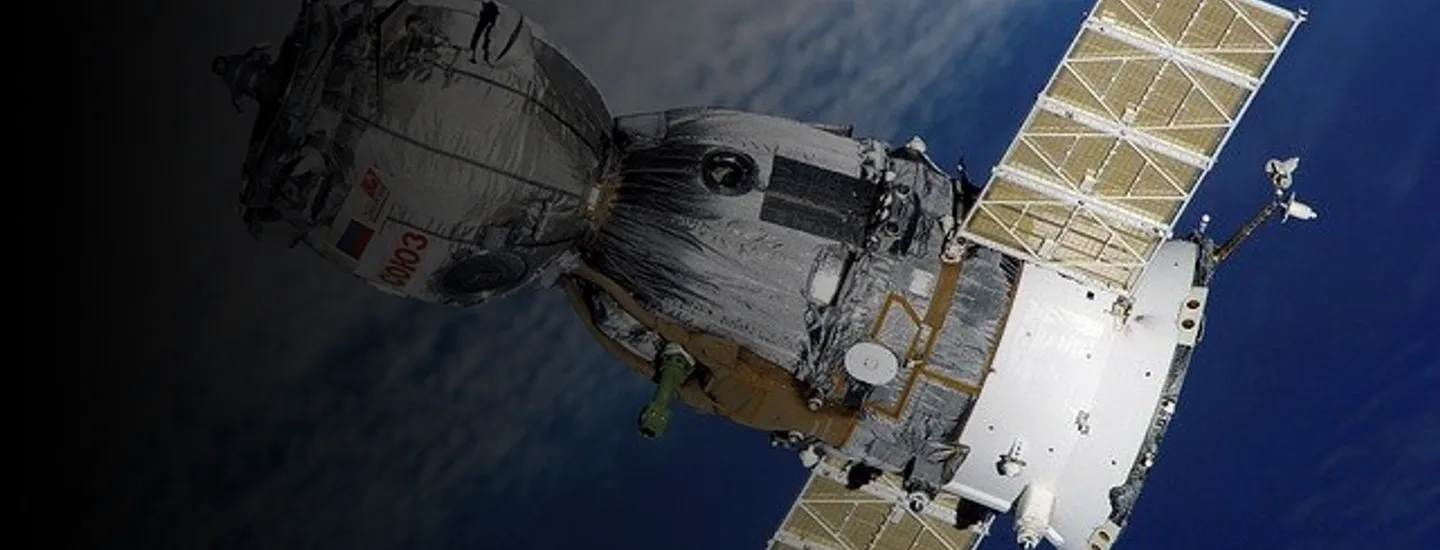Commercially available satellite imagery is becoming sharper and being taken more frequently than ever before.
In 2008 there were 150 Earth observation satellites in orbit and now there are closer to 800 in orbit.
There are currently no satellite companies that publicly state they offer 24-hour real-time surveillance, however at this rate of growth this service cannot be too far away.
As in most other sectors the pace of technology change is outpacing policy makers ability to regulate the technology. Unless rapid progress is made on policy, there will soon be the opportunity for anyone to have access to surveillance that was previously only available to government spy agencies.
Luckily the cost of constant satellite surveillance is still prohibitively expensive so it is unlikely to have widespread use in the near future.
However, not all satellite imagery is bad. Its use has helped law enforcement find and locate drug dealers, identify areas with illegal felling of trees and also track the illegal movement of goods across borders.
It is not just satellites that pose a threat to our privacy, the widespread use of drones, mobile phone tracking and smart devices in our home all have the ability to track and listen to us.
The future of privacy is at a pivotal point and no one is sure quite what will happen next.
